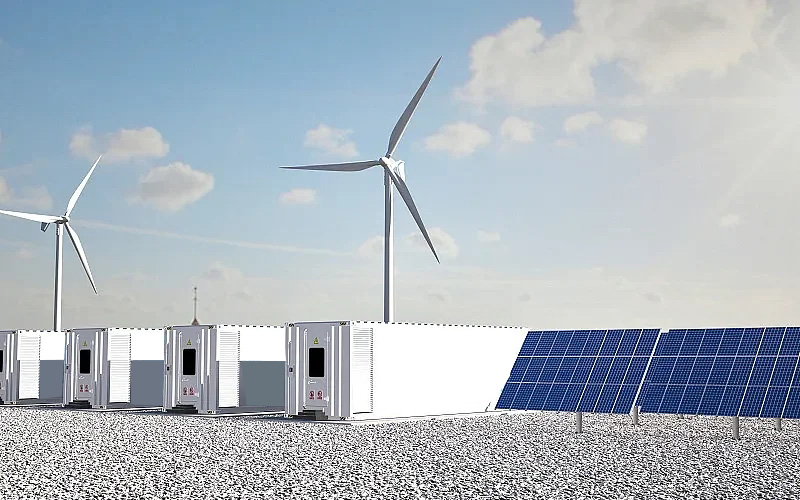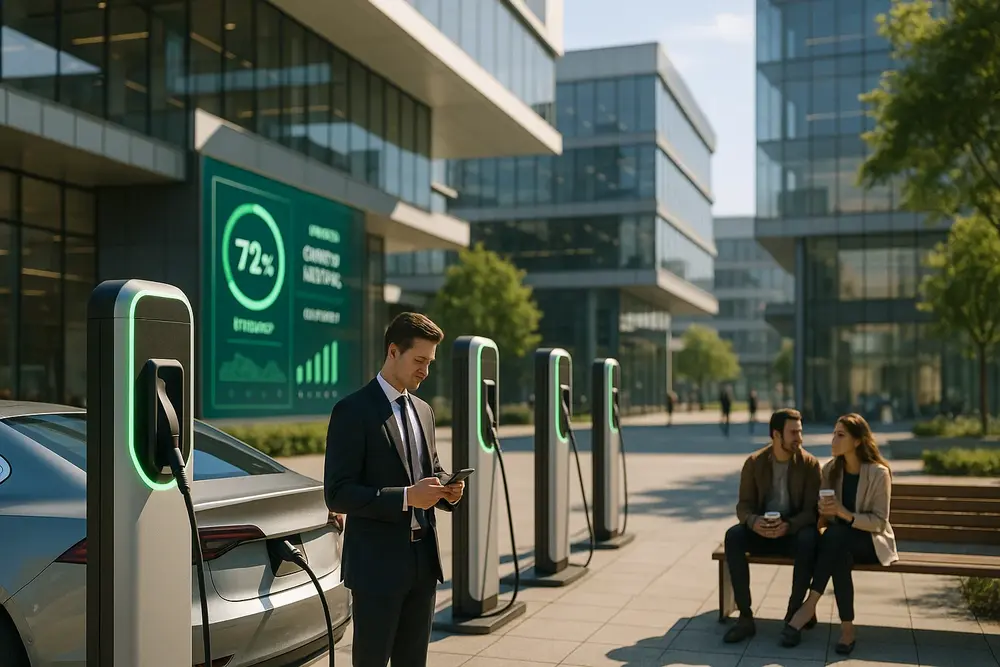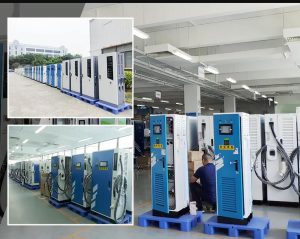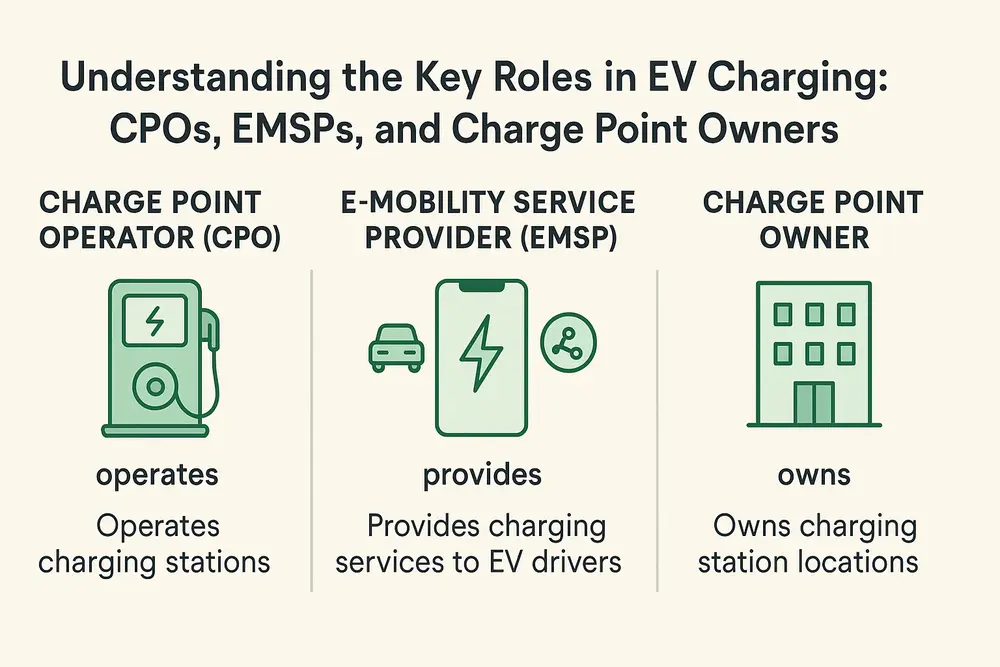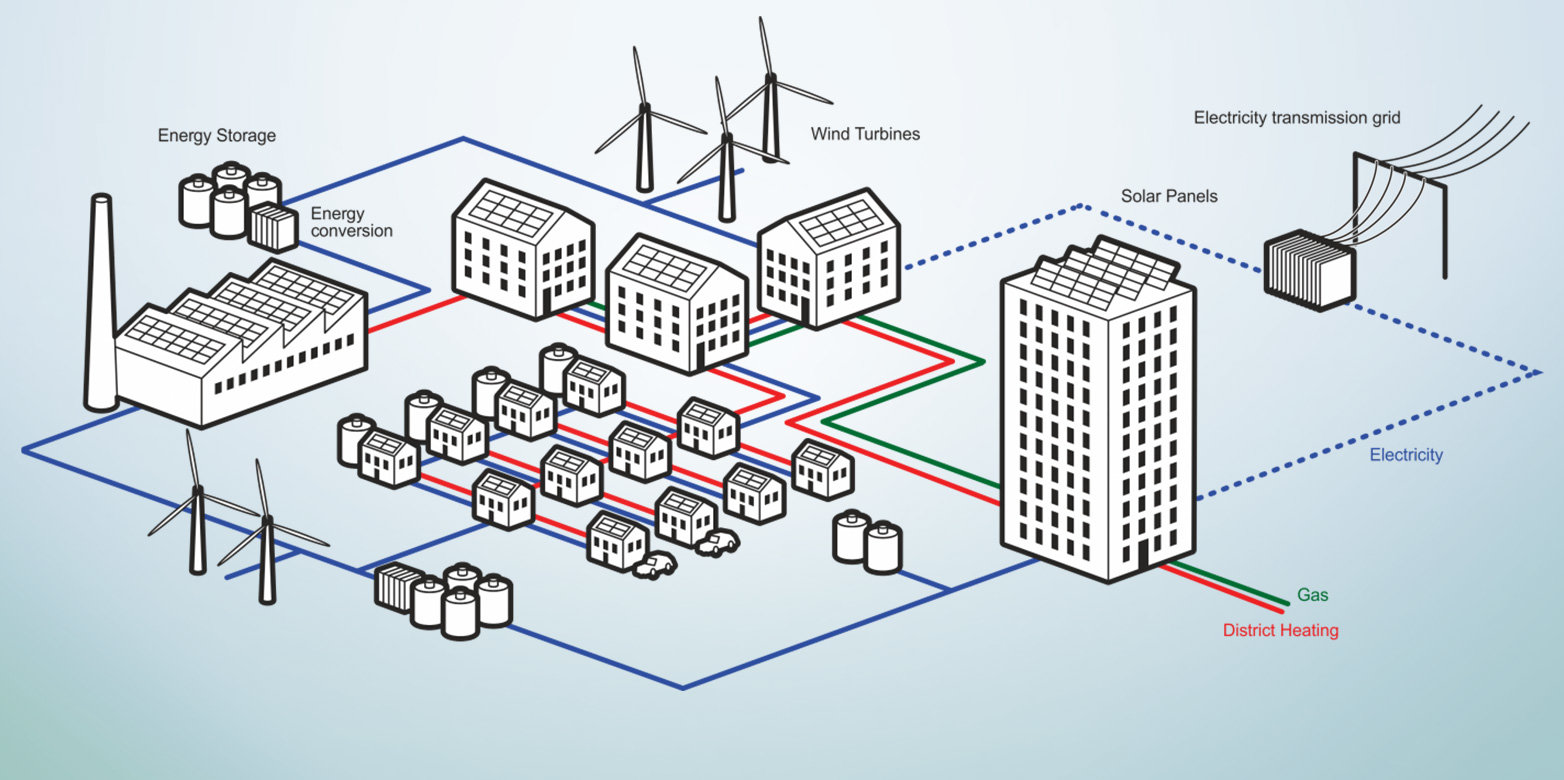
Products
Fast, Reliable, Everywhere

Solutions
Efficient, Innovative EV Charging Solutions.
News
We are committed to the innovation and application of EV charging.
As the global demand for sustainable energy grows, photovoltaic (PV) systems have emerged as a cornerstone of modern renewable energy infrastructure. These systems convert sunlight directly into electricity and play a crucial role in residential, commercial, and utility-scale power applications. In this comprehensive guide, we will explore photovoltaic systems from a professional and technical perspective, covering their principles, components, design considerations, and integration into modern energy networks.
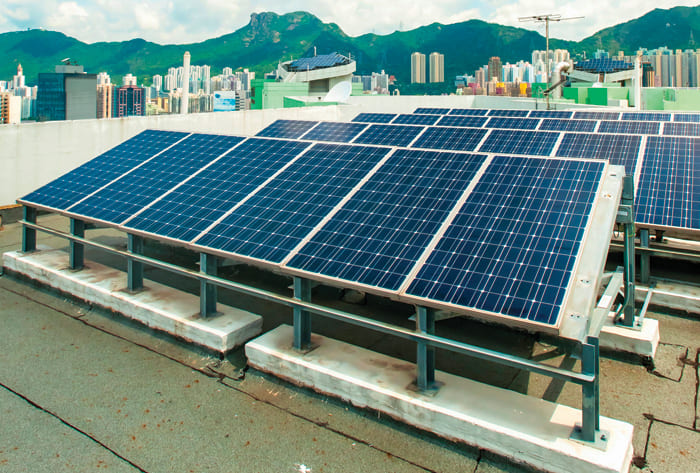
A photovoltaic system is an arrangement of components designed to convert solar energy into usable electrical power. At its core is the photovoltaic effect—a physical process by which certain materials convert photons into direct current (DC) electricity.
PV systems can be categorized into three main types:
When sunlight strikes the semiconductor material (typically silicon) within a solar cell, electrons are excited and displaced, generating a flow of electricity. This process requires no moving parts, resulting in low-maintenance and long-life power systems.
Each module consists of multiple solar cells connected in series and/or parallel to produce the required voltage and current. Common technologies include:
Inverters convert the DC electricity produced by solar panels into alternating current (AC), which is suitable for household appliances and grid transmission.
Racks or mounting systems secure solar panels to rooftops, poles, or ground-level foundations. They are designed for durability, optimal tilt, and ventilation.
Battery systems store excess energy for use during non-sunny periods or grid outages. Technologies include lithium-ion, lead-acid, and flow batteries.
In off-grid or hybrid systems, charge controllers regulate the charging and discharging of batteries to prevent overcharging and prolong battery life.
Successful PV deployment begins with understanding the site’s solar potential, shading patterns, tilt angle, and azimuth orientation. Tools such as pyranometers and software simulations are used for detailed assessments.
Professionals must calculate energy consumption patterns, desired autonomy, and peak demand to size PV arrays, inverters, and batteries appropriately.
All installations must comply with local and international standards (e.g., NEC, IEC 61730, IEC 61215). Proper wire sizing, grounding, overcurrent protection, and insulation are essential for safety and efficiency.
Modern PV systems are being integrated with smart grids for dynamic load balancing, real-time monitoring, and demand-side management. Advanced meters and communication protocols enable two-way data flow.
PV systems reduce electricity bills, increase property value, and contribute to energy independence. Homeowners often install rooftop systems with or without battery storage.
Large buildings, warehouses, and factories use PV systems to reduce peak demand charges and comply with sustainability targets. Systems may include EV chargers and energy management systems.
Massive solar farms generate power for the grid and participate in wholesale electricity markets. These systems require detailed engineering, land use planning, and regulatory approval.
Off-grid PV systems are vital in providing electricity to remote areas, improving quality of life, education, and economic opportunity.
Tasks include panel cleaning, thermal imaging, checking for corrosion or hotspots, and testing inverter and battery performance.
Web-based platforms and SCADA systems offer real-time performance data, fault alerts, and historical analytics to ensure system uptime and efficiency.
Photovoltaic systems are a cornerstone of the transition to a sustainable, low-carbon energy future. With continued innovation and thoughtful implementation, PV technology offers reliable, scalable, and clean electricity for a wide range of applications. Engineers, policymakers, and system designers must work together to overcome challenges and maximize the benefits of solar power generation.
